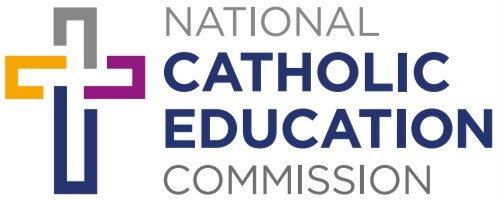28 November 2018
Analysis of school funding data reported by the ABC today gives a false impression that government schools attract less public funding than non-government schools.
“Comparing schools with similar socio-economic characteristics using ‘per-student’ funding data is fraught with problems because it ignores variables such as school size and teacher salaries,” NCEC Acting Executive Director Ray Collins said.
“The data on the MySchool website does not represent the funding governments provide to system schools, but the funding that school systems allocate to meet schools’ needs, based on size and student disadvantage. Systems must reallocate funding from their larger schools to their smaller schools to address student need and cover costs.
“The key point here is ‘Do government schools attract more public funding (State and Federal combined) than Catholic schools?’ and the answer is ‘Yes, they do’. That has always been the case and remains the case today.”
The ABC compared per-student funding outcomes for two western Sydney schools but failed to take into account their respective sizes – a major factor in the per-student cost. Greystanes Public School has 753 students while St Mary’s Primary School in Rydalmere has 336 students.
“Schools have many fixed costs, therefore mathematically the cost of running a smaller school is higher; the cost of the principal, for example, will be double on a per-student basis in Rydalmere because it has half the number of students,” Mr Collins said.
“There are economies of scale in operating large schools that are not present in smaller schools.
“This will result in different ‘per-student’ funding outcomes in all sectors, including between schools in the government sector, for example:
- Dubbo Public School (ICSEA score of 1001) received $15,116 (504 students) Orana Heights Public School in Dubbo (ICSEA of 916) received $13,655 per student (576 students)
- James Ruse Agricultural High in Carlingford (a selective school with an ICSEA Score of 1236 and receiving $12,517 per student for its 843 students) received almost $1200 more than Carlingford High School (ICSEA 1101 and 1181 students) which received $11,322 per student.
Mr Collins said that since 2014, all schools are being funded according to the same benchmark – the Schooling Resource Standard, or SRS – which provides a common base amount for every student plus additional funding for six types of disadvantage. The SRS is calculated the same way for every student, regardless of school or sector.
“However – as the NCEC explained to the ABC – governments reduce their contribution to the SRS for nongovernment schools according to a means test of each school’s parents by 10-80%. Parents are required to make up the shortfall in non-government schools, but not in public schools where no reduction is made.
“No matter the percentage rate of funding increase since 2009, non-government schools will always attract less funding than a similar government school because of the means test reduction.”
He also said that non-government school parents funded over 80% of capital works in their children’s schools – a fact the ABC did not take into account.
